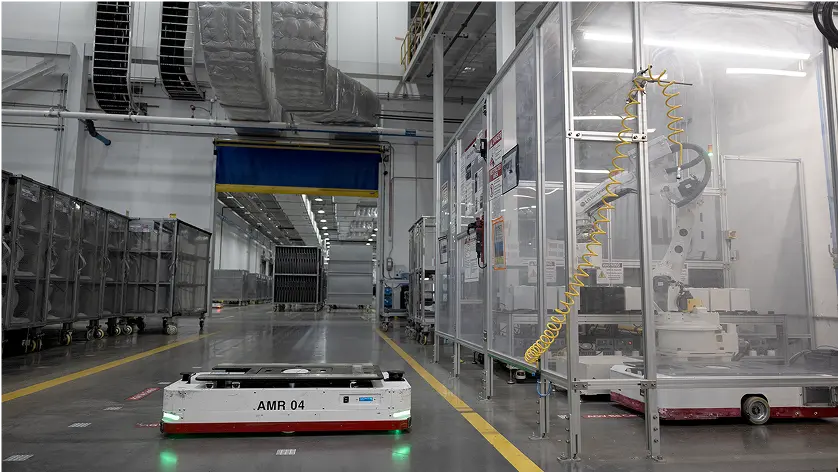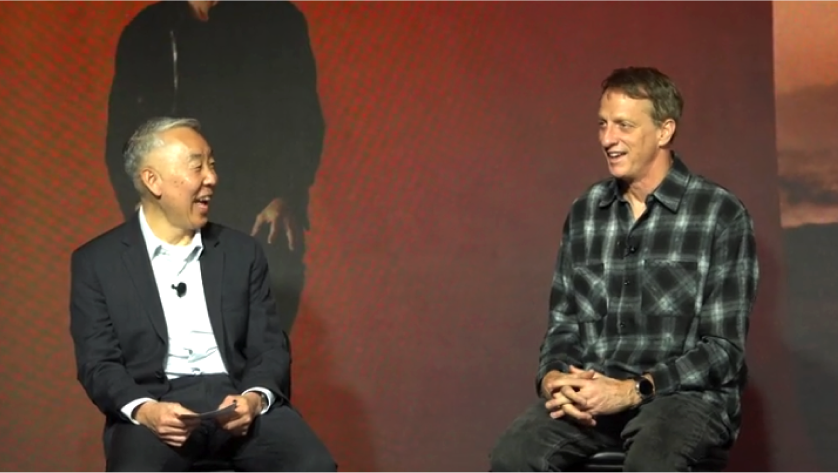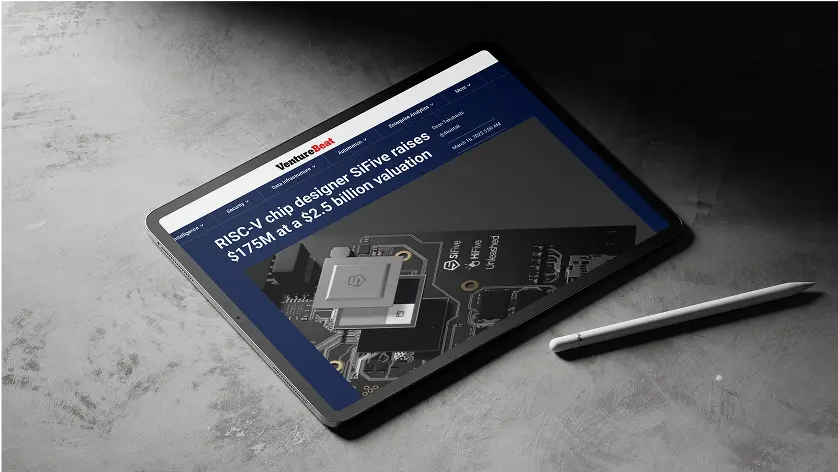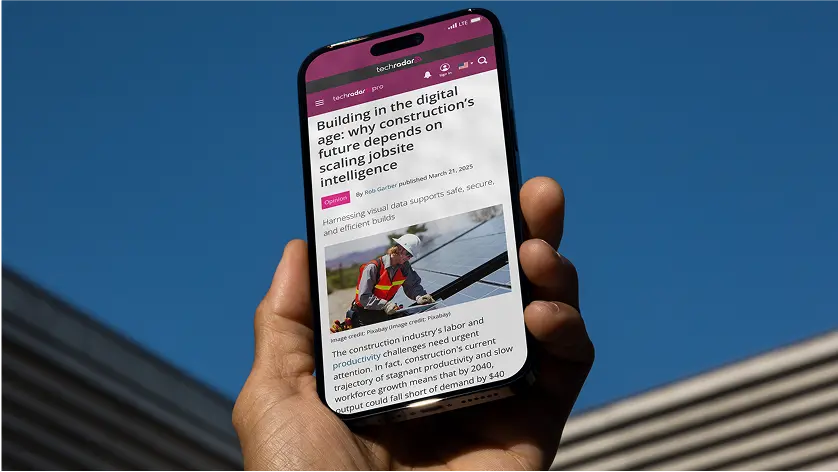Founded by PR legend Larry Weber, Racepoint is an earned-first creative agency. With over 22 years’ experience working with tech brands, we help startups become unicorns and corporate giants move at the speed of culture.





About Us
With media more fragmented than ever before, brands have to fight for focus. It’s not enough to talk about a new product or buy an ad and expect people to care. They don’t owe you their attention, you have to earn it, with stories that refuse to be ignored. So, we built our shop to make brands unmissable – with bold, breakthrough ideas that stop customers dead in their scrolls. Make headlines. Turn heads. Generate Results

Earned-First Capabilities
Get press. That’s our job. With our deep media relationships we can help you show up in the media outlets that reach your target audience. From a CNBC broadcast interview to a technical article by EE Times, we’ve got you covered.
True influence is about authenticity. We build relationships with influencers from tech and gaming to lifestyle and farming to create content and evangelize your brand. We engage thoughtfully and organically to turn likes into loyalty.
Reels. TikToks. Substacks. We speak in subtitles and brainstorm social-first. Whether it’s executive thought leadership, sweating tech specs, or brand storytelling, we create buzzworthy and binge-worthy social content to generate engagement.
We think headline-first. Whether it’s stunts, content, multimedia or full-fledged campaigns, we dream up pressworthy ideas in our sleep. That’s why we go to bed at 9pm.
Whether it’s a podcast, sizzle or social tease, our in-house production studio creates premium, high-quality content quickly and efficiently for small-scale productions. And we do it every day for Fortune 50 brands.
In a world that operates in sound bites, you only have a few seconds to get your point across. So, we help you identify the single most important thing you need to say and the most important places to say it that’s catchy and ownable.
Brands aren’t just logos in boxes anymore, they’re worlds that you can step inside of. And for us, that’s stealing the spotlight, a stunt, or an owned brand event. We create experiential activations that are designed to flood the feed and create brand affinity.











